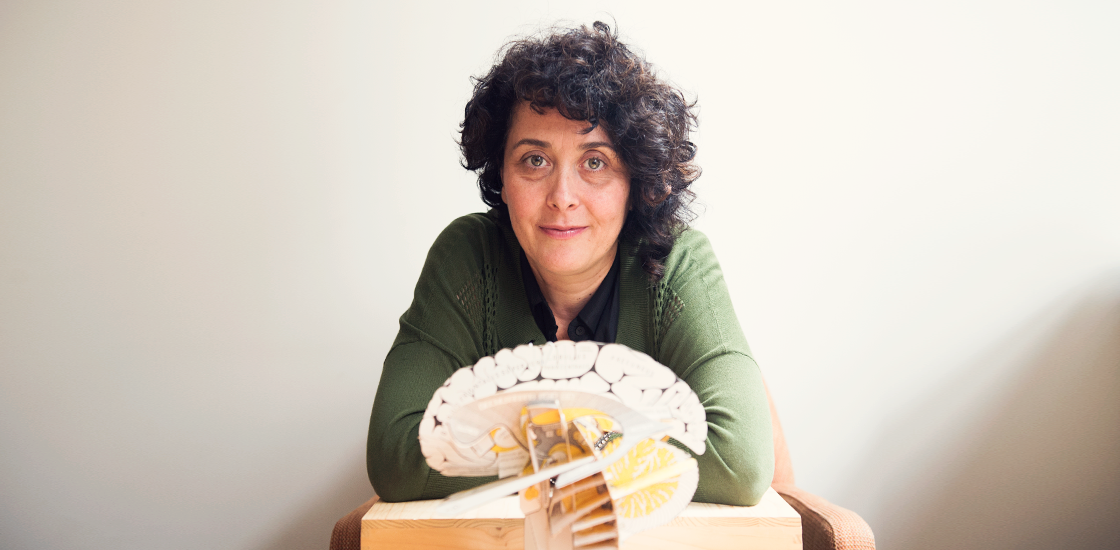THIS ARTICLE IS MORE THAN FIVE YEARS OLD
This article is more than five years old. Autism research — and science in general — is constantly evolving, so older articles may contain information or theories that have been reevaluated since their original publication date.
It’s been three years since researchers unveiled the world’s biggest bank of brain imaging data from people with autism. The open-access resource, dubbed the Autism Brain Imaging Data Exchange (ABIDE), was set to power up studies with scans from 1,112 people at 17 centers.
Dozens of studies have since used ABIDE, but reviews of the scans have been mixed. Many researchers have said the collection is too small and variable to spot signals in the noisy data. For example, a 2013 study found that scans in ABIDE are more variable than those from a single research center. And last year, another team reported that the differences in scanners at separate labs are significant enough to lead to false findings.
Responding to those reports, ABIDE’s creators are doubling down on their effort: In June, they launched the newest version of the database, adding more than 1,000 new scans and eight new sites.
“You can combine data from [the two sets] and have a sufficiently large sample,” says the database’s co-founder Adriana Di Martino, assistant professor of child and adolescent psychiatry at New York University’s Langone Medical Center.
The new collection is funded by a $210,000 grant from the National Institutes of Mental Health. It may help to ease some of the concerns that have dogged the database.
“The sample size alone starts to make replication across sites feasible,” says Jeffrey Anderson, assistant professor of neuroradiology at the University of Utah, who led the 2013 study.
Twice as nice:
ABIDE’s original iteration hosts functional magnetic resonance imaging (fMRI) data from 539 people with autism and 573 controls. Researchers obtained the scans while participants rested inside the scanner, which highlights activity in the default brain network. They also provided clinical information about each individual, such as his or her age, sex and intelligence quotient.
The new version adds data from another 1,044 people, 557 of whom have autism. This time, researchers also added detailed snapshots of the brain’s structure and connectivity, with data from structural MRI and diffusion tensor imaging.
The new collection contains more detailed clinical data, says Di Martino, including information about the participants’ other psychiatric diagnoses, social skills and repetitive behaviors. The additional information may put researchers in a better position to understand why autism sometimes occurs with other conditions.
The richer dataset will allow researchers to ask detailed questions about differences among people with autism, says Kevin Pelphrey, director of the Autism and Neurodevelopmental Disorders Institute at George Washington University in Washington, D.C. Pelphrey’s laboratory contributes scans to ABIDE.
Missing pieces:
There are some lingering concerns about the database. For example, it has few scans from children with severe autism and none from children under age 5.
“We know that the first three years of life represent a window of opportunity, when therapeutic interventions yield the most optimal long-term benefits,” says Marie Schaer, visiting assistant professor of psychiatry and behavioral science at Stanford University in California. “We need imaging data to know when brain development starts to diverge in those diagnosed with autism,” she says. Schaer is not involved in ABIDE but has used some of the scans for her research.
Others note that the new version doesn’t address the problems with inconsistency in scanning methods at the different sites. Di Martino says she plans to meet with the site investigators next year to standardize the data collection.
Even with 2,000 scans, the database doesn’t offer enough power for some types of analyses.
Di Martino and her team released the new brain scans in June and plan to release behavioral and other details about the participants later this year. Di Martino says she realizes that the collection must continue to grow to address autism’s heterogeneity.
“I doubt that 2,000 datasets are even sufficient when we think of the gamut of possible variables involved in autism,” Di Martino says.
The new version does help to fill a gender gap in the scanning data: It adds scans from 73 girls and women with autism, bringing the database’s total for females to 138.
Brain scans of girls with autism are relatively scarce because the condition is diagnosed more often in boys. The expanded dataset offers “unequaled” opportunities to parse sex differences in autism, Schaer says.

By joining the discussion, you agree to our privacy policy.